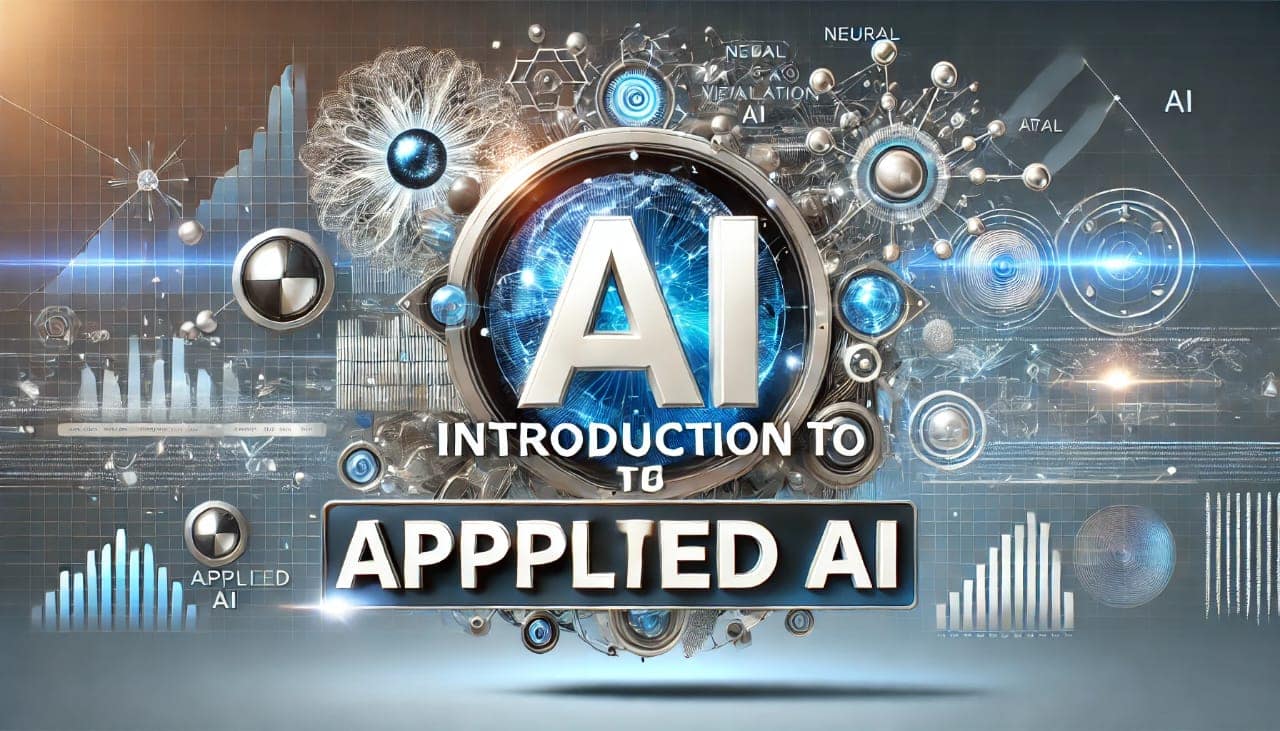
AI Projects: Top 10 Ai Projects For Beginner 💡
Top 10 Ai Projects For Beginner
If you are new to AI and looking to explore some beginner-friendly projects, here are the top 10 AI projects that you can start with:

| Project | Description |
|---|---|
| Chatbot | Create a chatbot using natural language processing (NLP) to answer common questions or engage in conversations. |
| Image Classification | Build an image classification model to recognize objects or animals in photos. |
| Sentiment Analysis | Develop a sentiment analysis tool that determines whether a piece of text (like a tweet or a review) is positive, negative, or neutral. |
| Handwriting Recognition | Create a handwriting recognition system that converts handwritten text into digital text. |
| Spam Email Filter | Design a spam email filter using machine learning to classify emails as spam or not. |
| Predictive Text | Build a predictive text generator that suggests words or sentences as a user types, like the ones used in smartphones. |
| Weather Forecasting | Create a simple weather forecasting model that predicts the weather for the next day based on historical data. |
| Recommendation System | Develop a movie or book recommendation system that suggests content based on user preferences. |
| Number Plate Recognition | Build a system that can recognize and extract information from vehicle license plates. |
| Voice Recognition | Create a voice recognition system that can understand and respond to spoken commands or questions. |
Requirement and Setup :-
Here are step-by-step setup instructions and requirements for each of the Top 10 Ai Projects For Beginner :
1. Chatbot:
- Requirements:
- Python
- Libraries like NLTK or spaCy for natural language processing
- Setup:
- Install Python and the required libraries.
- Create a new Python script or Jupyter Notebook for your chatbot.
- Follow a chatbot development tutorial to build your chatbot’s logic and responses.
2. Image Classification:
- Requirements:
- Python
- TensorFlow or PyTorch for deep learning
- Setup:
- Install Python and the chosen deep learning framework.
- Obtain a dataset for image classification (e.g., CIFAR-10, MNIST).
- Follow a tutorial to build and train an image classification model.
3. Sentiment Analysis:
- Requirements:
- Python
- NLTK or TextBlob for text processing
- Setup:
- Install Python and the required libraries.
- Get a dataset with labeled text data (positive/negative sentiments).
- Follow a sentiment analysis tutorial to create and train your model.

4. Handwriting Recognition:
- Requirements:
- Python
- TensorFlow or PyTorch
- Setup:
- Install Python and the chosen deep learning framework.
- Obtain a dataset for handwriting recognition (e.g., MNIST).
- Work through a tutorial to build a handwriting recognition model.
5. Spam Email Filter:
- Requirements:
- Python
- scikit-learn for machine learning
- Setup:
- Install Python and scikit-learn.
- Gather a dataset of emails (spam and non-spam).
- Follow a tutorial on creating a spam filter using machine learning.
6. Predictive Text:
- Requirements:
- Python
- Libraries like TensorFlow or PyTorch
- Setup:
- Install Python and the chosen libraries.
- Find a dataset of text data.
- Explore tutorials on building predictive text models, such as LSTM-based models.

7. Weather Forecasting:
- Requirements:
- Python
- Data source for weather data (e.g., OpenWeatherMap API)
- Setup:
- Install Python and any required libraries.
- Get access to weather data (API key if needed).
- Follow tutorials on weather forecasting with Python.
8. Recommendation System:
- Requirements:
- Python
- Libraries like Surprise for collaborative filtering
- Setup:
- Install Python and the chosen libraries.
- Find a dataset suitable for recommendation systems.
- Work through tutorials on creating recommendation systems.
9. Number Plate Recognition:
- Requirements:
- Python
- OpenALPR for license plate recognition
- Setup:
- Install Python and OpenALPR.
- Set up a camera or access to images with license plates.
- Follow OpenALPR documentation for recognizing license plates.
10. Voice Recognition:
– Requirements:
– Python
– Libraries like SpeechRecognition
– Setup:
– Install Python and the required libraries.
– Set up a microphone or use recorded audio.
– Follow tutorials on implementing voice recognition in Python.
For each project, you may also need additional resources or datasets specific to your application. Be sure to consult the documentation and tutorials for the chosen libraries and frameworks to ensure a smooth setup and implementation process.

Post Views: 1,355







Post Comment